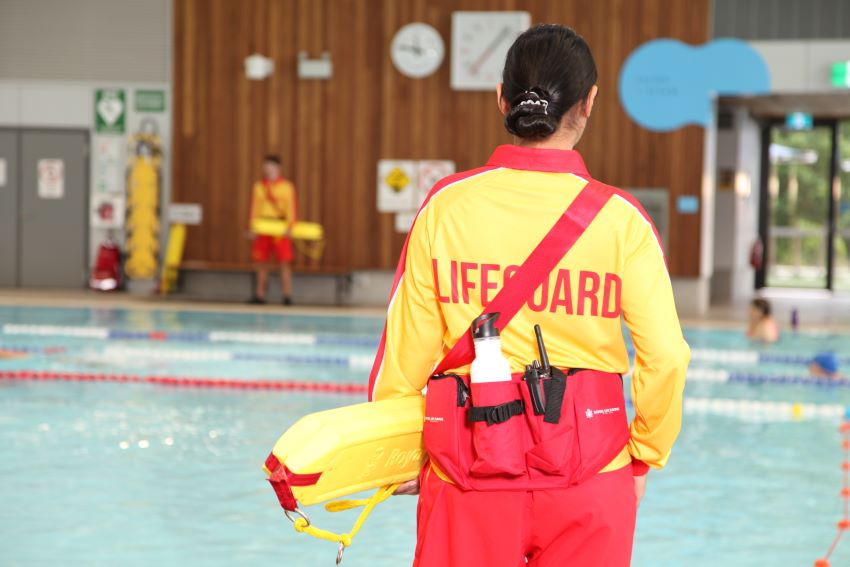Published 28 August 2024

As technology transforms the way we work and keep people safe, continuous learning is essential in maintaining core work skills and the highest standards of safety. Royal Life Saving, with the support of the Queensland Government, are in the early stages of the development of an innovative micro-credential program on the use of AI-enhanced drowning detection systems.
Incorporating AI-powered safety technology into current practices can make Australian aquatic facilities safer for everyone. The new course will provide critical training and support in the use of this emerging technology, designed to assist those responsible for aquatic supervision and adding another layer of safety.
It will be chiefly targeted at lifeguards, duty managers and facility managers with a focus on learning how to utilise and work with the systems as part of daily supervision duties and protocols. Beyond this, it will also look closely at installation and set-up, supervision planning, staff training and deployment, ongoing monitoring and maintenance, and legal and ethical considerations.
Speaking about the program, Paul Barry, CEO at Royal Life Saving - Queensland, has said: "Royal Life Saving is focussed on drowning prevention and promoting safe enjoyment of the water, and we recognise that the aquatic industry workforce plays a huge role in helping us to achieve our mission.
"We are excited to have the support of the Queensland Government in developing this micro-credential program. We are confident the program will equip key safety personnel with the skills and knowledge to confidently work with this new technology; creating great training opportunities and job outcomes and supporting aquatic facilities to embrace the technology and maximise patron safety and enjoyment."
Whilst technological systems are a valuable tool that can assist lifeguards, they are not intended to replace the need for proactive and vigilant lifeguard supervision.
